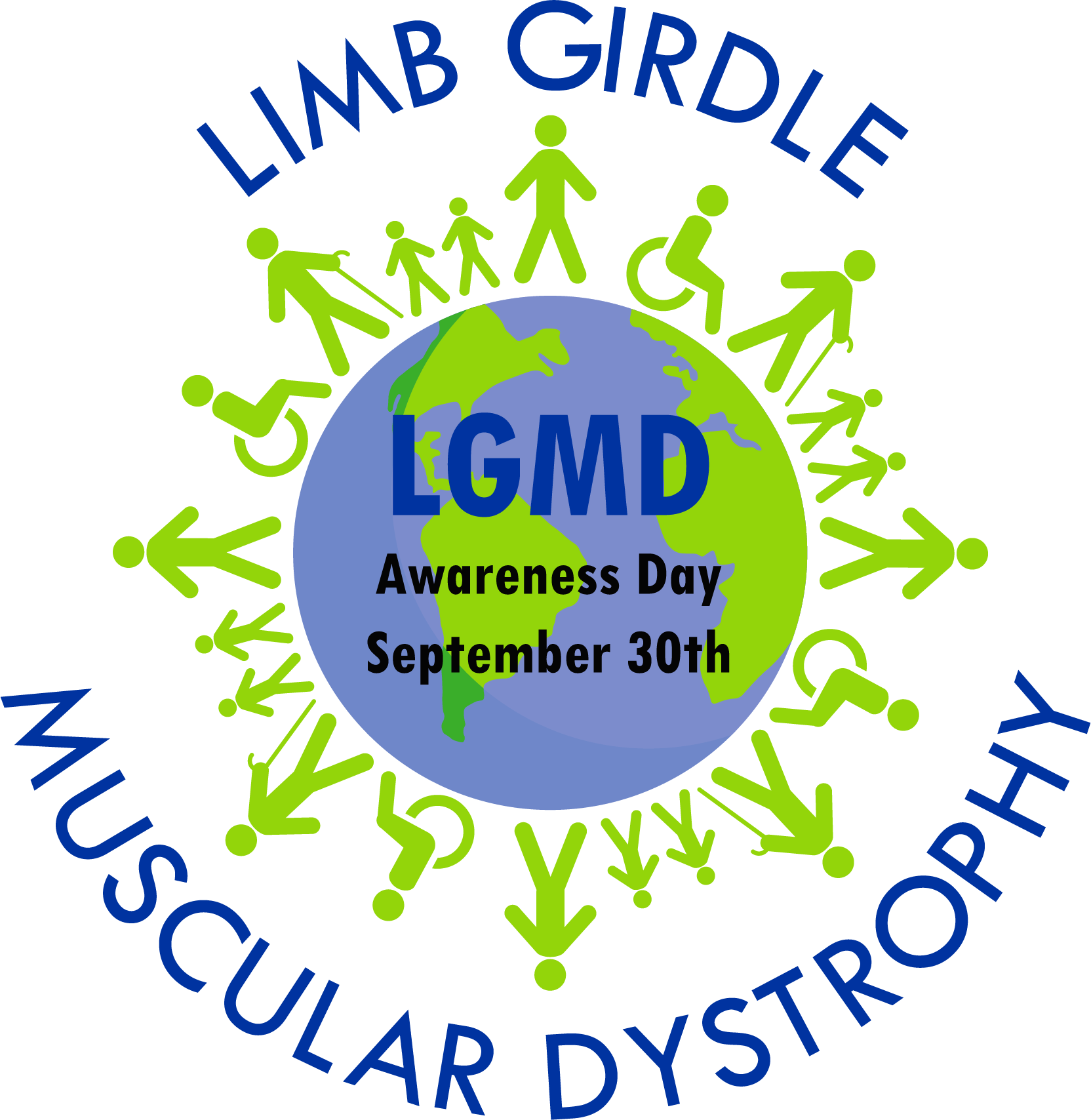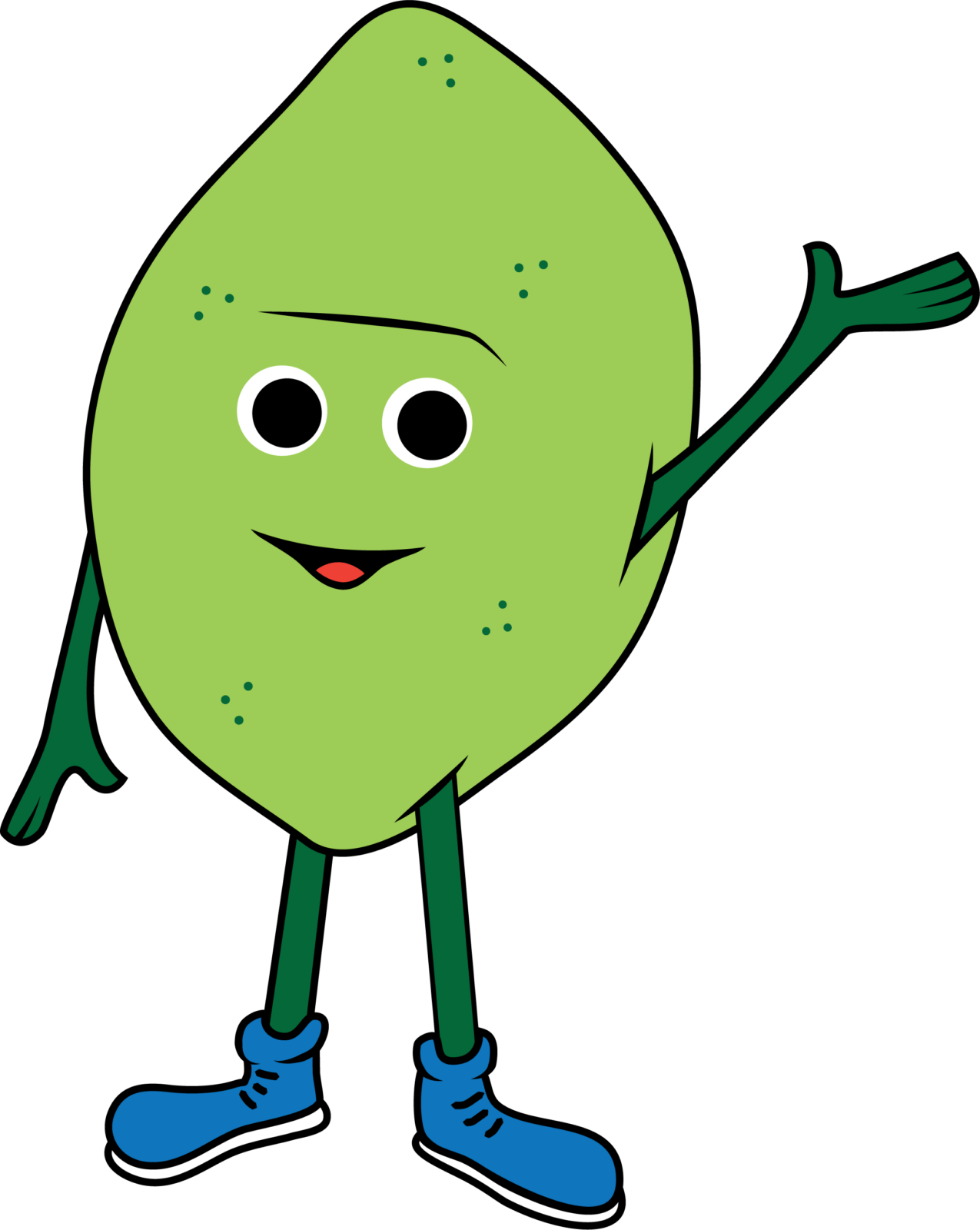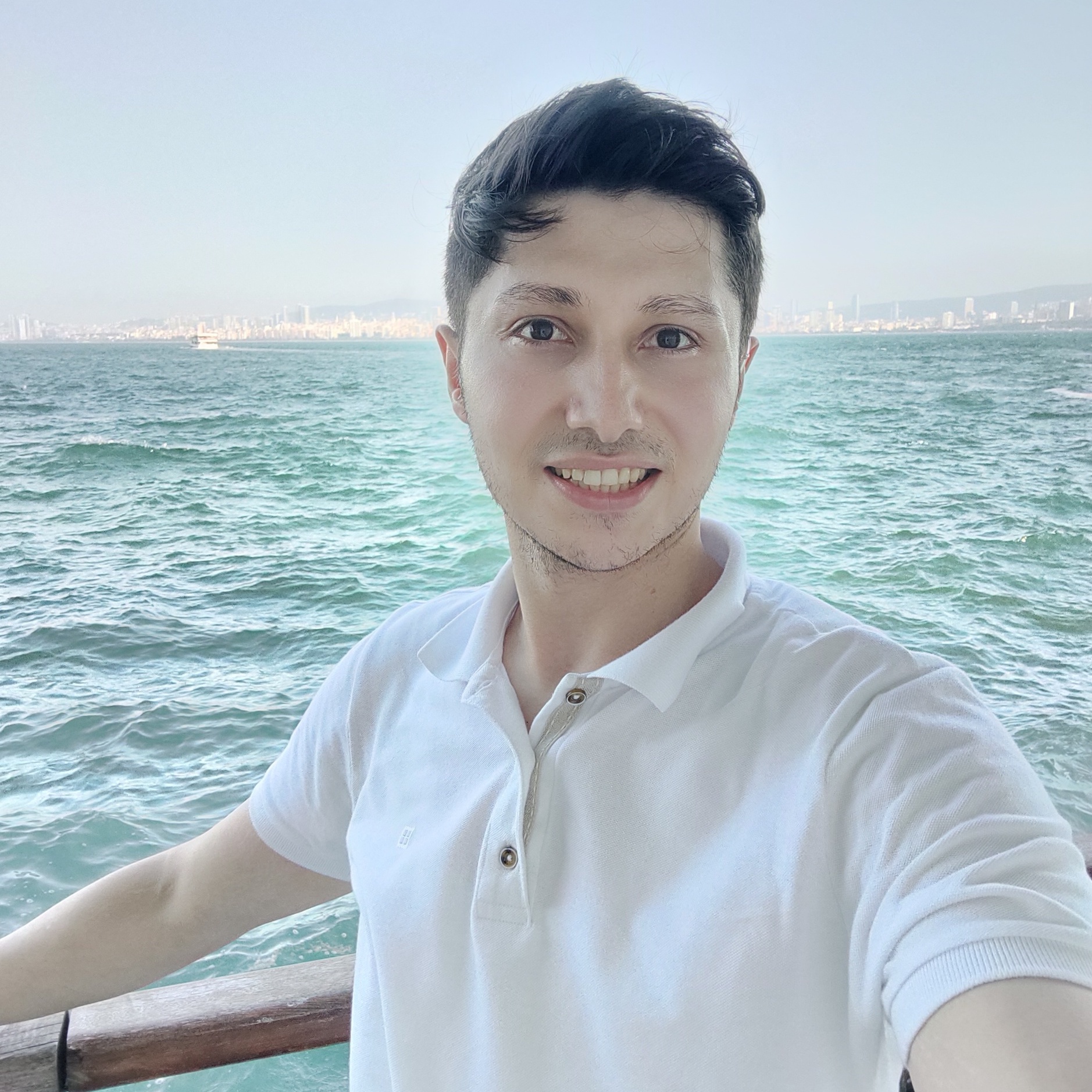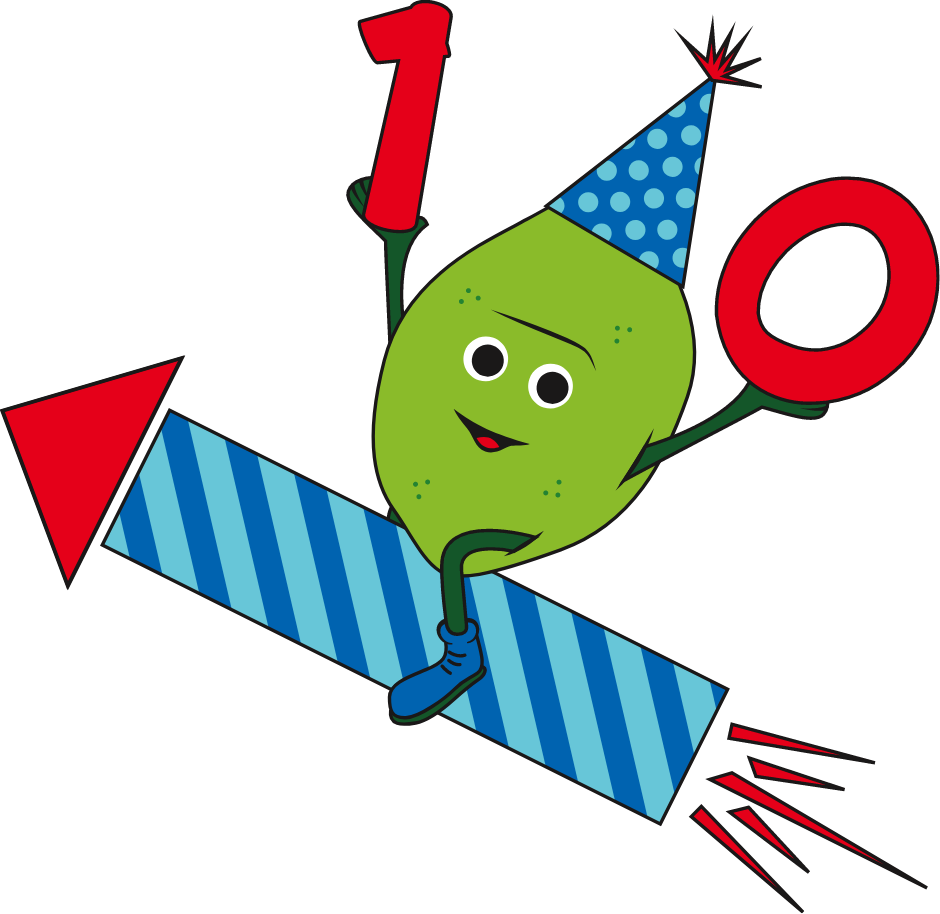INDIVIDUAL WITH LGMD: Natasha
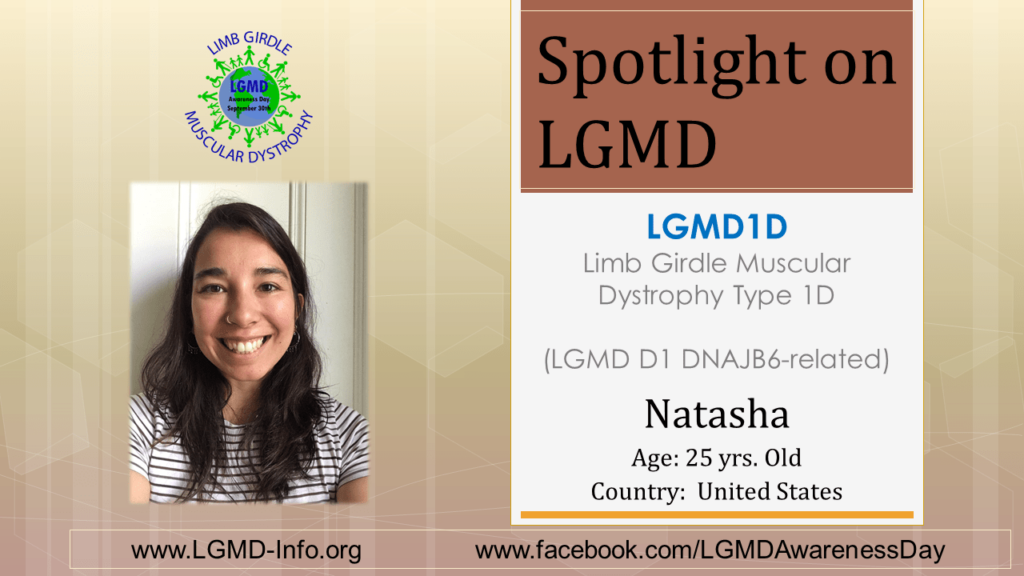
LGMD “SPOTLIGHT INTERVIEW”
Name: Natasha Age: 25 years old
Country: United States
LGMD Sub-Type: LGMD D1 DNAJB6-related (Formerly LGMD type 1D)
At what age were you diagnosed:
I was diagnosed at the age of 23.
What were your first symptoms:
Our subtype is late onset so I currently have no symptoms although growing up there were small things that make more sense now that I know of my diagnosis. Growing up, I couldn’t run as fast as my peers and I had trouble in dance getting up from the ground without using my hands, as example.
Do you have other family members who have LGMD:
Yes, my dad, uncle (on my dad’s side of the family) and my paternal grandfather all have the same diagnosis.
What do you find to be the greatest challenges in living with LGMD:
The greatest challenge for me has been knowing that one day my mobility will be less than it is now and that I may not be able to continue leading the active lifestyle that I currently like to lead.
What is your greatest accomplishment:
I am not sure of my greatest accomplishment…I’d have to say the familial and friendship bonds I’ve maintained. Plus the community we have and are building for the dominant forms of LGMD through the LGMD-1D DNAJB6 Foundation which is a non-profit public foundation whose mission is to maintain a central location for individuals diagnosed with Limb Girdle Muscular Dystrophy type 1D (LGMD1D) to meet, consolidate relevant news, and launch fundraising efforts in order to advance research. https://lgmd1d.org We have also established a Patient Registry for all patients diagnosed with an autosomal dominant form of LGMD.
How has LGMD influenced you into becoming the person you are today:
I find myself always thinking of the future, how my actions now will impact my body, the people I love and the family I hope to raise. It’s made me wake on my patience and try to lead a less physically intense lifestyle.
What do you want the world to know about LGMD:
We need to continue to spread the word and connecting in ways that aids in a cure. For instance, an autosomal dominant LGMD (LGMD type 1) patient registry will be vital to research and finding a cure.
If your LGMD could be “cured” tomorrow, what would be the first thing that you would want to do:
If I were cured tomorrow, I would go dancing to celebrate!!
To read more “LGMD Spotlight Interviews” or to volunteer to be featured in an upcoming interview, please visit our website at: https://www.lgmd-info.org/spotlight-interviews

